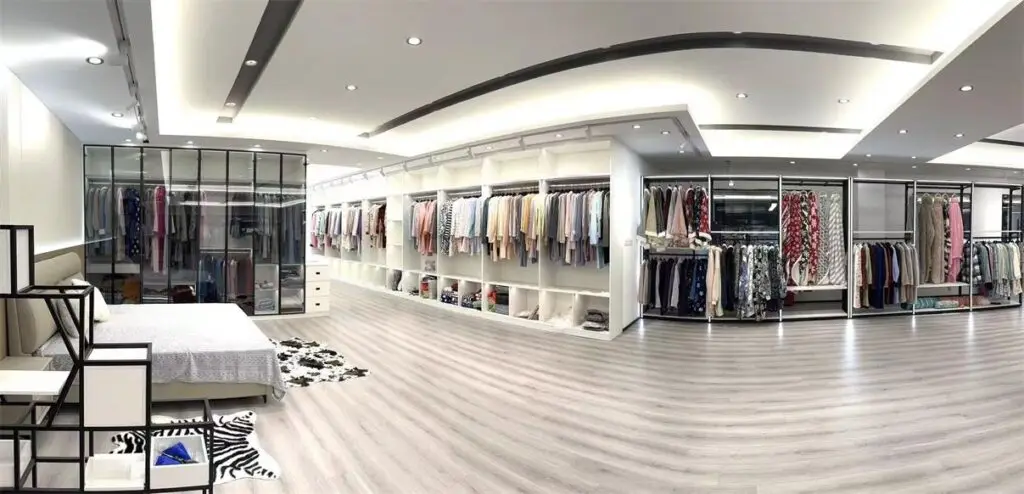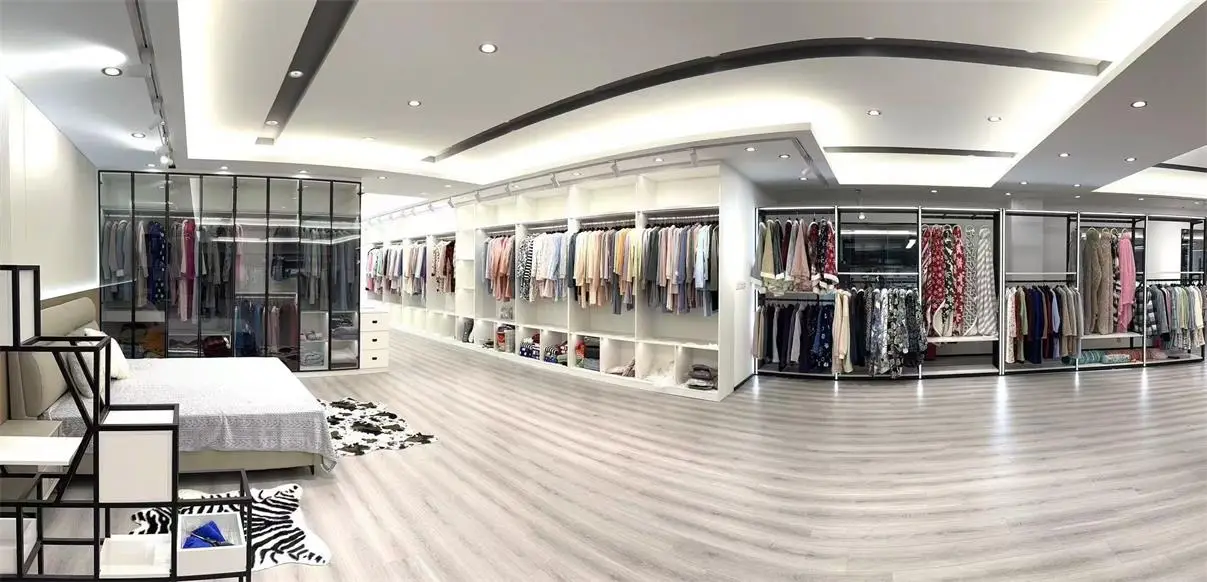In today’s fast-paced world, a good night’s sleep is more important than ever, and high-quality sleepwear is crucial in ensuring comfort and relaxation. As one of the leading manufacturers in the industry, we are excited to share our in-depth knowledge of pajama production—from selecting the right materials to managing the intricacies of the manufacturing process. This professional blog post will explore the essentials of pajama design, production techniques, common challenges, and practical solutions. Let’s dive in!
What Are Pajamas?
Pajamas, also known as sleepwear, are garments specifically designed for sleep or lounging at home. Typically comprising a top and bottom, pajamas can also include variations like nightgowns and robes. Their design prioritizes comfort and breathability, ensuring that wearers can relax fully during sleep while also expressing their personal style.
Key Materials Used in Pajama Production
The fabric choice in pajama manufacturing is paramount, as it directly affects the comfort, durability, and functionality of the final product. Here are some common materials and their benefits:
1. Cotton
- Features: Cotton is soft, breathable, and highly absorbent.
- Benefits: Ideal for year-round wear—especially in summer—cotton efficiently absorbs sweat and keeps the skin dry.
2. Silk
- Features: Silk offers a smooth texture, luxurious feel, and natural sheen.
- Benefits: With excellent thermal regulation properties, silk keeps you warm in winter and cool in summer. It is especially suitable for sensitive skin.
3. Flannel
- Features: Flannel is a soft, cotton-based fabric characterized by its fine, fuzzy texture.
- Benefits: Known for superior warmth, flannel is perfect for colder months, providing an extra layer of coziness.
4. Modal
- Features: Modal is a semi-synthetic fiber made from beech tree pulp that is soft and has a slight stretch.
- Benefits: Its excellent moisture-wicking and breathable qualities make it a popular choice for summer sleepwear.
5. Bamboo Fiber
- Features: Bamboo fiber is derived from bamboo plants, offering natural antibacterial and deodorizing properties.
- Benefits: An eco-friendly option that is gentle on sensitive skin, bamboo fiber also boasts high breathability and moisture absorption.
6. Polyester
- Features: As a synthetic fiber, polyester is durable, resistant to wear, and quick-drying.
- Benefits: Often blended with other fibers, polyester enhances durability and wrinkle resistance, ensuring long-lasting quality.
The Pajama Production Process
Creating high-quality pajamas is a complex, multi-step process that requires precision and attention to detail. Below, we outline the primary stages involved in the production process:
1. Design and Sampling
- Design: Our design team creates detailed sketches based on market trends and customer preferences, incorporating choices in color, patterns, and embellishments.
- Sampling: Prototypes are developed to test fit and style. Adjustments are made based on trial fittings to ensure the final product meets our exacting standards.
2. Fabric Procurement and Inspection
- Procurement: We source premium fabrics and accessories such as buttons, zippers, and lace that align with our design specifications.
- Inspection: Each fabric batch undergoes rigorous quality checks to ensure consistency in color, texture, and compliance with environmental standards.
3. Cutting
- Layout Planning: Patterns are carefully arranged on the fabric to optimize usage and minimize waste.
- Cutting: Using both automated cutting machines and skilled hand-cutting techniques, fabrics are precisely cut into the required shapes.
4. Sewing and Assembly
- Sewing: Expert tailors use high-quality sewing machines to stitch the cut pieces together, forming the basic structure of the pajamas.
- Detailing: Special attention is given to integrating design details such as buttons, zippers, and lace trim, ensuring that every element meets our quality benchmarks.
5. Finishing and Quality Control
- Pressing: Finished garments are carefully pressed using industrial ironing equipment to ensure a neat, polished appearance.
- Quality Inspection: Every piece undergoes strict quality control checks—evaluating dimensions, stitch integrity, color consistency, and overall finish—to ensure that only the best products reach the market.
6. Packaging and Warehousing
- Packaging: Approved products are neatly folded, packaged in protective materials, and labeled accurately.
- Warehousing: Packaged pajamas are stored in our warehouse under optimal conditions, ready for prompt shipment to our global clientele.
Common Production Challenges and Effective Solutions
Manufacturing in bulk can present several challenges. Here are some of the most common issues in pajama production and our practical strategies to overcome them:
1. Fabric Color Variations
- Challenge: Color discrepancies can occur between different fabric batches, leading to inconsistency in the final product.
- Solution: We require suppliers to provide color cards and perform stringent color matching tests. Additionally, we initiate small batch runs to verify color uniformity before mass production.
2. Sizing Inconsistencies
- Challenge: Minor deviations in cutting or sewing can result in variations from the intended measurements.
- Solution: Enhanced quality control measures are implemented at every stage—from cutting to final inspection—to ensure adherence to standardized dimensions.
3. Weak Stitching
- Challenge: Poorly executed seams can lead to garments coming apart during use.
- Solution: By utilizing premium threads and maintaining our sewing machinery rigorously, we ensure strong, durable stitching. Extra checks are integrated during the quality control process to verify seam integrity.
4. Packaging Damage
- Challenge: Inadequate packaging may result in product damage during shipping.
- Solution: We employ robust packaging materials, such as reinforced cardboard boxes or high-grade plastic, along with cushioning materials to protect the garments during transit.
Reflections on Quality and Innovation in Sleepwear Production
In the evolving world of sleepwear production, continuous innovation and strict adherence to quality standards are essential. Our commitment to excellence is not just about meeting industry benchmarks—it’s about exceeding customer expectations. By integrating sustainable materials like bamboo fiber and eco-friendly production methods, we are not only enhancing product quality but also contributing to a healthier environment.
Moreover, embracing technology in design and production has allowed us to streamline processes and improve efficiency. The fusion of traditional craftsmanship with modern manufacturing techniques ensures that our pajamas are both aesthetically pleasing and functionally superior. This balance is crucial in today’s competitive market where customer satisfaction and environmental consciousness go hand in hand.
Conclusion
Pajama production is an art as much as it is a science. From careful material selection and precise cutting to expert sewing and thorough quality control, every step plays a pivotal role in creating sleepwear that offers unparalleled comfort and style. We hope this comprehensive guide has provided valuable insights into the production process and highlighted our commitment to quality and innovation.
If you have any questions about our production techniques or if you are interested in partnering with a reliable pajama manufacturer, please feel free to contact us. We are here to help you navigate the world of sleepwear production and deliver products that exceed your expectations.


